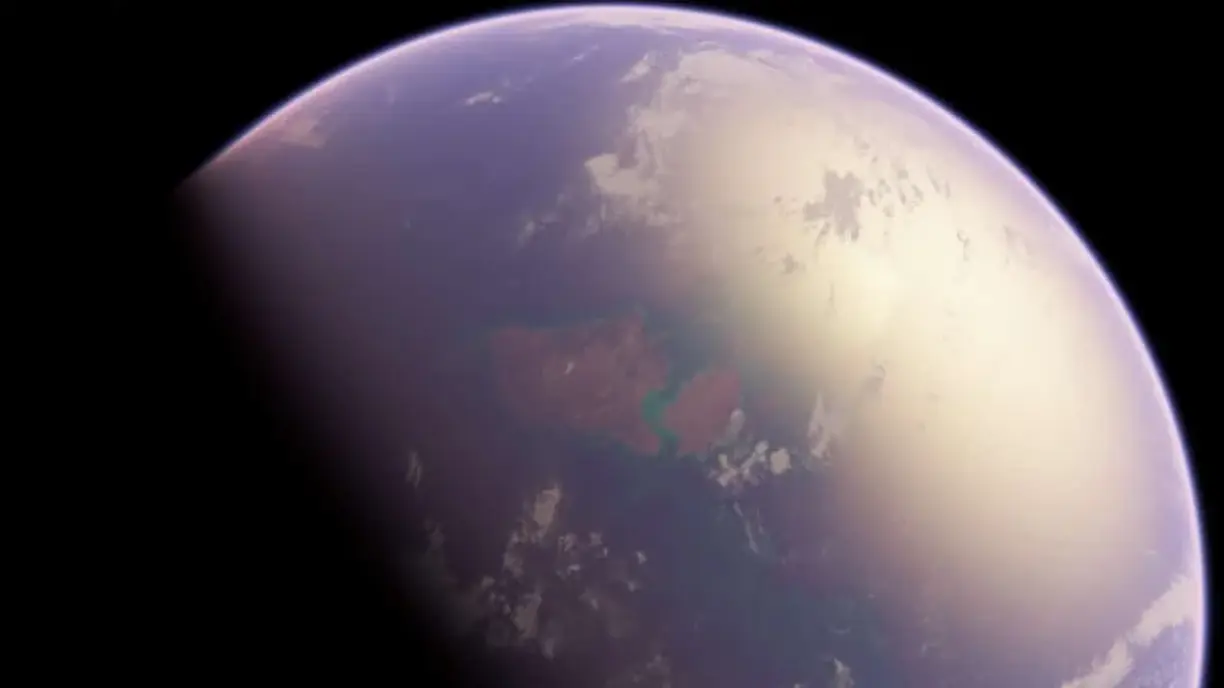A new study of rock samples from South Africa has found evidence of a vast and unpredictable diversity of microbial life 3.4 billion years ago. The discovered traces of the activity of ancient microorganisms testify to the existence of complex microbial communities already in early archaea, at the dawn of life on Earth.
It is known that microorganisms are an early form of life that appeared and became firmly established on our planet during the Paleoarchaean period (3.2-3.6 billion years ago). The first traces of life activities can be found in marine and hydrothermal environments all over the world. However, assessing the diversity of early microbial ecosystems in detail to reconstruct ancient life on Earth is a very difficult task.
Yes, it is still unclear when and where life arose, when the first microbial communities diversified, and which organisms were part of them. The fact is that the oldest geological findings, including potential biosignatures (manifestations of the results of the life activities of organisms), are very rarely preserved due to the constant renewal of the earth’s crust.
Information on the reconstruction of early ecosystems is often obtained from morphological and geochemical traces (fossil remains) and chemical compounds (biosignatures (specific molecules or isotopes)). However, many potential biomarkers need to be used together to draw reliable conclusions about ancient life. After all, abiotic processes that occur without the participation of living organisms can mimic many biosignatures.
That is why the new study by an international research group, which combines analysis of rocks in the Barberton greenstone belt (South Africa) at various scales, is so unique and important. Scientists examined 3.42 billion-year-old rocks and managed to unravel the metabolic processes of microbes involved in the ancient carbon cycle. The study was published in the journal Precambrian Research.
After conducting a comprehensive analysis of the well-preserved carbonaceous material and its associated mineral phases, the researchers discovered geochemical traces of the life activity of photoautotrophs (organisms that produce oxygen in the process of photosynthesis using the energy of solar radiation), autotrophic sulfate reducers (sulfate reducers) and metabolism. These impressive results highlight the presence of complex microbial communities with advanced carbon cycling in ecosystems at that time.
“The identification of carbonaceous particles in primary pyrite crystals and the direct microanalysis of carbon and sulfur isotopes in these materials provided us with a rare opportunity to determine with certainty the presence of microbes with different metabolisms in these ancient ecosystems. It is possible to determine with certainty whether all these microorganisms lived in the same place at the same time.” “However, photoautotrophs likely lived near water where their major source of energy was sunlight. Other microorganisms probably lived in seafloor sediments, away from phototrophs that produced oxygen that was toxic to them.”
Note that recently the existence of life on Earth 3.42 billion years ago has been considered quite hypothetical. But although no one doubts it today, the new study has raised new questions.
If oxygen-producing photoautotrophs were widely represented three and a half billion years ago, it is clear that they appeared much earlier. So why was there virtually no oxygen in Earth’s atmosphere for at least a billion years? And why did its level reach at least half of the current level only 2.5-3 billion years after the emergence of complex ecosystems with photosynthetic organisms on the planet?













